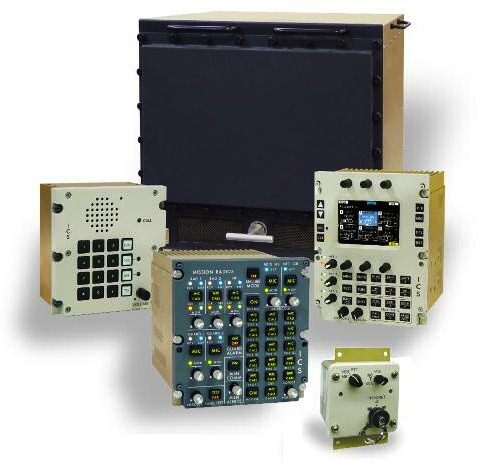A state-of-the-art digital aircraft audio management and intercommunication System based on Palomar’s field proven TDM digital switching technology used in air traffic control and custom telephony applications.
A state-of-the-art digital audio management and intercommunication System based on Palomar’s field proven TDM digital switching technology used in air traffic control and custom telephony applications. The Secure Communications System 2.0 provides a complete solution for systems demanding high quality secure digital voice/data switching and conferencing with combined system management. A unique distributive architecture is easily customizable for a tailored design and strategic placement of components. The system is a secure digital switch with isolated buses to carry multiple levels of secure data which extends from radio and crypto assets and is maintained throughout all components. The SCS 2.0 coordinates modes of transceivers, cryptos, data modems and host computers with controls at Operator Positions.
System Architecture
Features and Benefits
Dependable Technology
Compatibility and Interfaces
Certified Tough & Secure
Notable Platforms
More Information
Radio Receive Levels:
Programmable 0.25 Vrms to 15 Vrms
150Ω, 600Ω and 20KΩ
Radio Transmit Levels:
Programmable output level
150Ω and 600Ω
Microphone Input:
Low level dynamic microphones
High level amplified microphones
Headphone Output:
Binaural and Monaural
High level (300Ω cup) and Low level (19Ω)
Typical Frequency Response:
300 Hz – 3,400 Hz
50 Hz – 10 kHz
20 Hz – 20 kHz
Crosstalk Isolation:
Red to Black Greater than 100 dB @ 1 kHz
Audio and Data Latency:
2 milliseconds Max (crew position to radio
port or radio port to radio port)
Audio Quality
Distortion <3%
Idle Channel Noise –56 dBr
Electrical Power:
28 V per MIL-STD-704
Environmental:
Designed to RTCA DO-160D
Tested to MIL-STD-810D
EMI/EMC:
MIL-STD-461
TEMPEST:
NSTISSAM 1-92
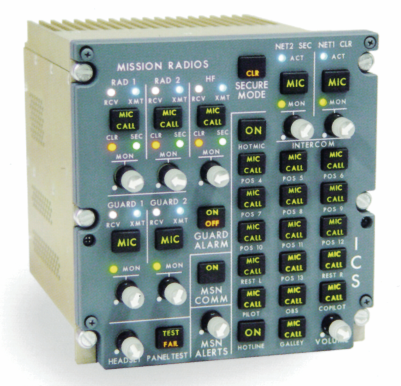
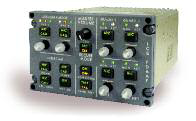
The Flight Deck Audio Panel (FDAP) provides flight crewmembers access to conference interphone networks, radio channels, guard channels, NAVAIDs, and selective interphone networks. The panel features separate volume controls for the individual channels as well as a master volume control. LEDs above channel selector buttons indicate whether channels have been selected for receive or transmit and also flash when receive or transmit channels have activity. The FDAP supports multiple levels of security and can operate as a stand-alone unit or in conjunction with legacy flight deck audio control panels.
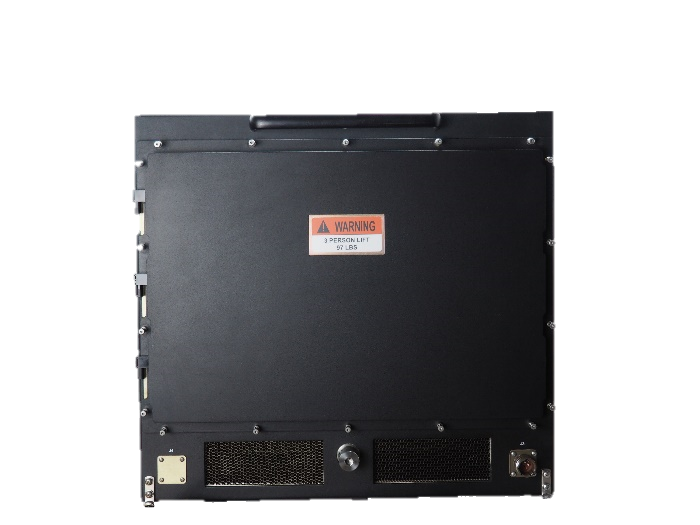
The Audio Switching Unit (ASU) provides the connections between the communications assets and each crewmember. The ASU is a modular TEMPEST secure digital unit that is integrated into the communications suite to provide the necessary control and switching of all internal and external, clear and secure voice and data lines. The ASU features multi-level security, non-blocking digital switching using TDM buses. The high speed TDM approach has high capacity and very low, deterministic latency, thus providing high quality of service and high-quality audio. The ASU interfaces with communications assets can include T1/E1 (PSTN), Gigabit Ethernet (wire or fiber optic), analog (four-wire or two-wire), ISDN and VoIP. The modular architecture of the ASU allows for the addition of interface cards for new interface standards as they develop, or addition of new protocols utilizing software changes to existing cards. The ASU can operate as a stand-alone unit or with multiple ASUs. ASUs interface with each other via redundant high speed (OC3) serial data links.
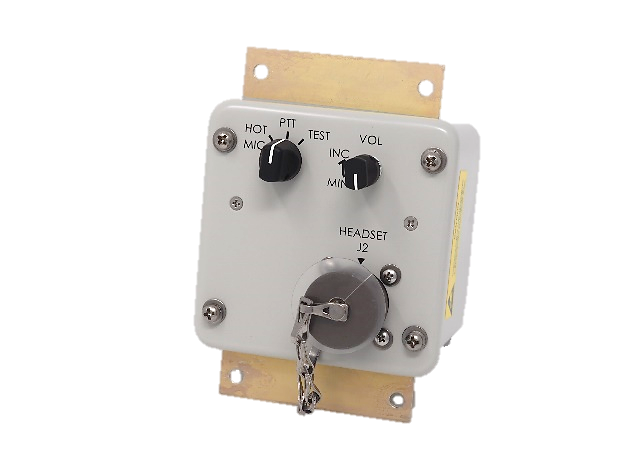
The MSU provides interphone channels to remote aircraft locations for maintenance functions or remote crew interphone stations. Each MSU provides a headset connection, adjustable volume control, HOT MIC, and CALL functions. MSUs come in a variety of sizes.

The Mission Audio Panel (MAP) provides access to internal and external communications channels while supporting multiple levels of security. The MAP is a binaural unit, which gives the user complete control and status of the communications assets. Controls allow the users to select radio and intercom channels for receive and transmit as well as set the volume, stereo balance or spatial location for each channel. The keypad allows one to control selective intercom, VOX, Hot Mic, channel security, recorder playback, and so on. The color LCD display shows the level of security, radio frequency, channel name, along with receive and transmit activity for each channel. The MAP has master volume controls for two users.
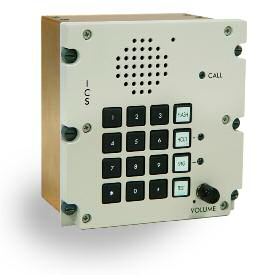
The Handset Audio Panel (HAP) provides access to internal communications channels. The HAP connects to a handset with a wall hook to provide the user audio interface. The keyboard allows the user to call other crewmembers on conference or selective intercom channels.

